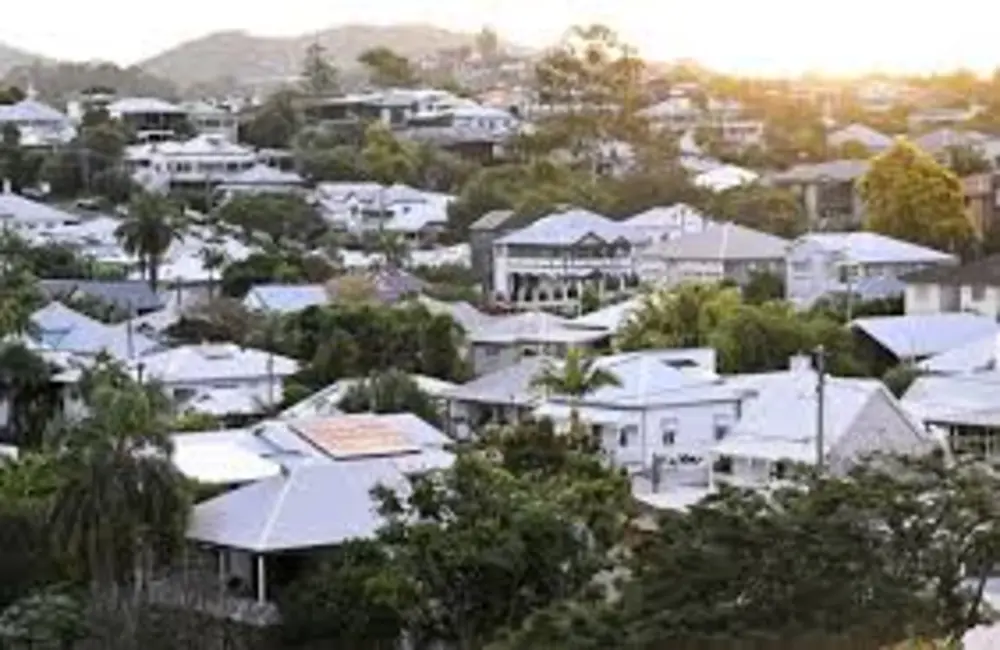And on the way, they encounter others with different views, sometimes delivered so confidently and expertly that they could change minds. Investing is more of an art than a science, and there are scant absolutes, particularly with market conditions like those we encounter today.
I’ve sat through thousands of meetings in my nearly 45 years on the job, with some of the most brilliant and some of the most challenged people who ever carried a business card. When I headed up global funding at the Commonwealth Bank and at State Bank of NSW, we had visiting domestic and offshore bankers in the office every day and every one arrived with a plan, an opinion and something to sell. The vast majority of those meetings are buried somewhere towards the back of what remains of my hippocampus, never to be accessed again.
But some meetings remain bright in the memory, and one in 1990 or 1991 provided me with a lesson I’ll never forget. Short-term interest rates at the time were 16% to 18%, as reflected below, and five-year rates were coming down from 15%. This was the period around the “recession we had to have,” when inflation was rampant and an ingrained feature of the investment environment. Normal, after all, was never going to come within even a cookie of 2 or 3 per cent for interest rates.
Australia Interest Rate 1990–2022 | Data | Chart Calendar | Forecast
Cash Rate 1990–2022 interest rates refer to the cost of borrowing or the return received...
The leading house in Australian fixed interest/bonds at that point was Dominguez Barry Samuel Montagu (DBSM). In May 1991, Swiss Bank Corporation—already one of the leading banks in Switzerland—purchased a majority stake in SGH. One day some suits from DBSM presented to us a big M&A idea, which went something like:
“We have seen the five-year swap rate at 15%, and it is going down, but in the world that I live in, it never goes further than 12% before it pings back up again. We ought to fix you up with a hell and damnation transfer at 12%, and you let it sit frozen so you can go out for the old higher and better rates after the bounce.”
Our risk management practices were subtle and we didn't need some investment banker telling us how to play rising rates as a mechanism for earning a bond placement fee. But what stuck in my mind was his confidence born of being a veteran. He was 100% certain that rates would top out at 12%. We didn’t follow his advice and never did that deal anyway, so the deal would have been, as he put it, a “deal from hell,” because rates went far south of his magic calm-12% level.
And so to today
Before the past six months, a widespread assumption was that inflation and interest rates were very low and priced into the economic system. Central banks were and are fighting to put inflation into a sweet spot of 2 to 3 percent. Prices were falling because of tech innovation and eroding global logistics. Then in FY 2022, for the first time in three decades—as central banks move to check inflation all asset types in a diversified fund (except cash) experienced a serious fall in price.
For a series of reasons: the war in Ukraine, the Chinese challenge, retreating global trade, food and energy inflation, demographic headwinds it feels to me like a reset of our expectations.
The former Leader of the Opposition, respected economist and academic John Hewson wrote in The Saturday Paper :
“I have been analyzing and predicting economies since I joined the International Monetary Fund in the late 1960s, and it is much harder now than at any time since then to guess where the world and our economy are headed. A series of multiple global liquidity injections all the way from Alan Greenspan years of early 2000s to the responses to the 2008 global financial crisis and most recently via pandemic-related measures have finally unbundled the inflation genie. As a result, their use of easy monetary policy settings, including swift interest rate hikes, is being sharply unwound by all the leading central banks.”
Investors have to ask whether we are in a new paradigm. But what if interest rates go to 5% or higher? Is it the end of the days of inflation below 2%? Is the world population having babies, not itself? Do the tools we rely on to manage the economy actually work as we intend? Contrary to what people default to thinking, people will always find a way, as US geopolitical analyst and author, Peter Zeihan says in his latest recording.
“The relationships between all of the tools that we’ve used to influence the economy don’t necessarily apply as much anymore. Most of modern history for humanity — say, the last 500 years — has been about saying, how can I maximise my slice of a pie that is slowly expanding. We've experienced ever-increasing population growth that has become exploding population growth in the postindustrial era after World War Two. And while there are more people, while there is more technology, growth is easy. And controlling inflation and growth and employing everything else in that environment, we have a great deal of experience with. But that is no longer the case. The world is peaking in population. “The developed world population, that’s topped out way back when … if the pie is no longer expanding, then there is a question over all sorts of measures we have, whether that’s for inflation for growth for investment, or whatever else – not just interest rates,” he said.”
“They (central bankers and policymakers) are actually flying the airplane and the sad truth is they are flying it without instruments and the definition of that is you do not know what you are doing, let’s call it what it is – they are literally making this up as we go along.”
The Reserve Bank is taking month-by-month decisions "guided by the incoming data" after learning the lesson not to forecast years into the future. The split among the big bank economists highlights just how challenging predicting the next move has become.
Westpac and ANZ have the cash rate peaking at 3.35% this year, CBA and NAB at 2.5%. How different is that from another 3 0.25% increases in the next few months, and 3.35% is a long way from 1.85%.
Another lesson from the 1980s and 90s is that central banks struggled to get inflation under control, going hard on rates to slash demand. And the Reserve Bank may overshoot on the upside just as it overshot on the downside for too long in 2021.
We shouldn’t be as dogmatic as my friend in 1990, that's my point, while we’re at the mercy of the weather. Rates bounce off 12%, right? There are few sure things in investment, and companies are adjusting to profound changes. There is a compelling argument that returns will be muted for the foreseeable future. Geopolitical risks on a global scale are not disappearing in the near term.
Making the investment decision even harder is the fact stock markets frequently rally when things are at their worst. The market response is still a mystery even if we know interest rates and real gross domestic product with 100 percent certainty. The NASDAQ is now 20% higher than its June 2022 lows, despite the same threat of recession and inflation that caused it to tumble in the past six months.
This makes Julian McCormack’s article timely, where he looks at the paradox of investing. The next cycle kicks in when investors get complacent and cocksure, as in 2021 emerging from the pandemic:
“It’s the certain knowledge among investors that they’re living through extraordinary times, with more information at their disposal than ever before and teetering on the brink of technological wonders never before seen, that leads them into the paradox of cycles. For it is only when investors are absolutely, positively, without question certain they are not in a cycle that one can really go wild.
The Reserve Bank wants to discourage inflation and economic activity while achieving a soft landing, and while only a third of Australians have a mortgage, the prospect of falling house prices and higher mortgage repayments is already weighing on consumer sentiment. This was a sentiment echoed by the IFM Economist Alex Joiner.
“Breaking out today’s news on business and consumer sentiment, it’s worth remembering that households make up about 53% of the real economy through spending. So if business sentiment indeed means people don’t lose their jobs, for the same reason this causes a decline in spending, growth will spiral downwards.”
In July, respondents to the Federal Reserve Bank of New York survey expect inflation to rise at a 6.2% pace over the next year, down from 6.8% in June, and to reach 3.2% over the next three years, compared with 3.6% predicted in June. The primary factor is the reduction in fuel and food sub groups. David Kelly, Chief Global Strategist at JPMorgan said that:
“All in, with demand momentum slowing and supply momentum increasing, we believe downward pressure on inflation will continue to be a theme this year and in 2023 even if the Fed is slightly less hawkish,” he added.
At the same time, another US commentator, John Mauldin, published an interesting chart in his newsletter this week. The shaded portions indicate US recessions, plotted with the US unemployment rate. It indicates that unemployment bottoms just prior to a recession, because jobs growth starts to hurtle away from the progressively overheating economy and then inflation surges.

























